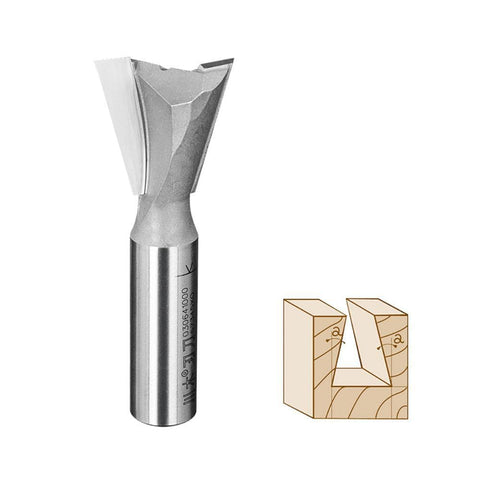Revolutionizing Craftsmanship: The Impact of Dovetail Machinery on Modern Woodworking
In the realm of woodworking, the evolution of dovetail machinery has marked a significant leap forward, blending the art of traditional joinery with the precision and efficiency of modern technology. Dovetail joints, renowned for their strength and aesthetic appeal, have been a cornerstone of fine woodworking for centuries. The advent of advanced dovetail machinery has transformed the way these joints are created, offering woodworkers unprecedented levels of accuracy, speed, and versatility. This technological advancement has not only enhanced the efficiency of woodworking processes but also elevated the quality and consistency of the final products.
Historically, dovetail joints were crafted by hand, a labor-intensive process that required a high degree of skill and meticulous attention to detail. Each joint was carefully measured, marked, and cut to achieve the desired fit and strength. While this traditional method produced beautiful and durable results, it was also time-consuming and prone to inconsistencies, especially when multiple joints were required. The introduction of dovetail machinery revolutionized this process by automating many of the tasks involved, thus streamlining production and reducing the potential for human error.
Dovetail machinery encompasses a range of specialized tools and equipment designed to create precise dovetail joints with minimal effort. These machines are engineered to handle various aspects of the dovetailing process, from cutting and shaping to assembling and finishing. One of the primary types of dovetail machinery is the dovetail router jig, which guides a router to produce accurate dovetail cuts. These jigs come with adjustable templates that allow for customization based on the size and style of the dovetail joint, ensuring uniformity and precision across multiple pieces.
Another crucial advancement in dovetail machinery is the dovetail milling machine, which is designed to automate the cutting of dovetail joints with exceptional accuracy. This machine features a fixed setup that holds the wood in place while cutting, allowing for consistent results and reducing the manual effort required. The dovetail milling machine can handle various types of joints, including through dovetails, half-blind dovetails, and sliding dovetails, making it a versatile tool for a wide range of woodworking applications.
The impact of dovetail machinery extends beyond mere efficiency; it also enhances the overall quality of woodworking projects. By automating the cutting process, these machines produce joints with tight tolerances and clean edges, ensuring a superior fit and finish. This precision is particularly valuable in high-end furniture and cabinetry, where the quality of the joints can significantly influence the final appearance and durability of the piece. Dovetail machinery also enables woodworkers to achieve complex joint patterns that would be challenging or impossible to create by hand, opening up new possibilities for innovative designs.
The use of dovetail machinery also contributes to cost savings and increased productivity. The ability to produce precise and consistent dovetail joints quickly reduces the amount of time and labor required for each project. This efficiency is particularly beneficial for woodworking shops and manufacturers that handle large volumes of work, as it allows them to meet production deadlines and maintain competitive pricing. Additionally, the reduced reliance on manual labor helps mitigate the risk of repetitive strain injuries, promoting a safer and more ergonomic working environment.
Despite the advantages offered by dovetail machinery, it is essential for woodworkers to balance technology with craftsmanship. While these machines enhance precision and efficiency, the artistry of dovetail joinery remains an integral part of woodworking. Woodworkers should approach dovetail machinery as a complement to their skills rather than a replacement. Understanding how to set up and operate the machinery effectively, as well as knowing when to rely on traditional techniques for specific tasks, ensures that the final product maintains both technical excellence and artistic integrity.
Training and familiarity with dovetail machinery are crucial for achieving the best results. Many woodworking schools and workshops offer courses on the use of dovetail machinery, providing valuable hands-on experience and instruction. Additionally, manufacturers of dovetail machinery often provide detailed manuals and support resources to help users navigate the complexities of their equipment. Investing time in learning how to use these machines effectively can significantly enhance a woodworker's capabilities and the quality of their work.
The evolution of dovetail machinery represents a significant advancement in the woodworking industry, combining traditional joinery techniques with modern technology to create a powerful tool for crafting precise and beautiful dovetail joints. By automating the cutting process and enhancing accuracy, dovetail machinery has transformed the way woodworkers approach their craft, offering new levels of efficiency, consistency, and design possibilities. As technology continues to evolve, the role of dovetail machinery in woodworking will undoubtedly expand, further bridging the gap between tradition and innovation. Embracing these advancements while maintaining a respect for the art of joinery ensures that the legacy of dovetail craftsmanship continues to thrive in the modern era.
